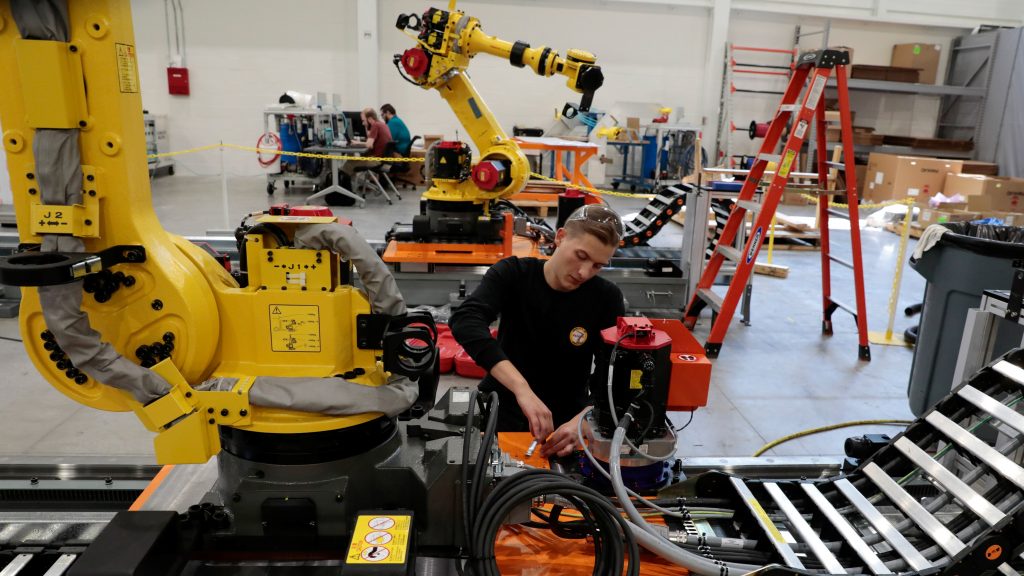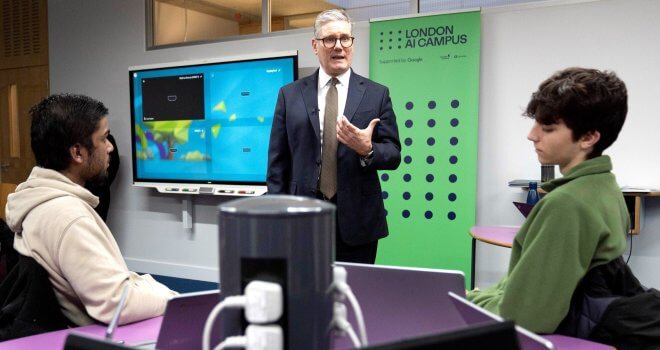Developing A Successful Digital Transformation Strategy Based On Event-Driven Architecture

In today’s era of Netflix, Amazon and Uber, the world has become increasingly dependent on digital technology. Customer expectations have grown with it, meaning that if they cannot access services within a fraction of a second, they’ll become frustrated, taking their business, and money, elsewhere.
The challenge is no longer limited to e-commerce platforms but to companies in every sector – how can one implement a successful digital transformation that enables this kind of instant functionality?
The answer lies in event-driven architecture (EDA). This can act as a major differentiator between organisations that succeed and those that fail in our fast-paced world.
Implementing an effective EDA enables all businesses, no matter sector nor size, to be able to react in real-time to the production, detection and consumption of ‘events’ – such as an order being placed, a product being sold or even the opening of a browser. Any significant change in state will be recognised by the software.
Look to retail, which relies heavily on the online store being constantly updated by the warehouse and dispatching team. Or in aviation, where a pilot must have real-time weather updates to complete their journey safely. Being able to know these things in real-time is not just a nicety, it’s a must-have.
Granted, deploying this kind of architecture successfully is by no means a small task, particularly if building it from the ground up. It is necessary to have a viable roadmap, indicating how to create a flexible and portable real-time EDA for one’s business.
Establishing an event-driven business
Customers now see buying products and services as experiences and expect companies to incorporate that throughout the process. This means businesses must provide real-time updates throughout the supply chains, as it plays an important role in helping drive this customer experience. It is not just products that move throughout the supply chain, data is an often ignored yet important element of this.
As the ‘new oil’, data is crucial to ensure constant collaboration throughout both the internal organisation and with supply chain partners. Enabling a strong and secure IT infrastructure at the heart of any given supply chain will make or break a company’s success as it will need to allow for a fast, effective and constant movement of important information.
To put it simply, when data is enabled to move in this way, businesses are able to make better decisions. Key insights are revealed throughout the supply chain that can allow a business to function in a more accurate and timely manner. It increases efficiency at every level and across the entire business operation. For instance, look at how it can impact shipping. If one streams discrete events such as shipping events, order management or even external factors such as weather or ship backlog in ports, while correlating and visualising them in real-time, they can garner key insights.
Creating a roadmap for digital transformation
Building an EDA-focused culture
Prior to the technical aspect of implementing EDA, it is important to build cultural awareness of how it will fit within a business’s digital transformation strategy. Educating both employees and stakeholders about the advantages of EDA is key. They must be aware of the increased agility, responsiveness and improved customer experience. The benefit of educating them prior to building an event-driven architecture is they can then be reminded about its strengths day after day.
Pinpoint use candidates
Businesses must single out which candidates in their enterprise would best make use of a real-time event-driven architecture. Either seek out projects which need to be digitally transformed due to pain points such as performance or fragility, or look to projects that will deliver a high business impact. Creating a shortlist of the best real-time candidates prior to starting one’s event-driven journey will help in solidifying the process.
Establishing a foundation
Once contextual actions are taken, careful thought must be placed on the architecture itself. An EDA will depend on decomposing data flows into microservices, creating a runtime fabric that allows microservices to seamlessly speak with each other. To realise this, the following components are essential:
Event Broker: An event broker is a middleware software, appliance or SaaS used to transmit events between products and consumers. They must be high performance with a high throughput with enough flexibility to work with various architectural patterns and ensure event delivery. Having a successful event broker strategy enables dynamic and intelligent event routing, an event mesh, various open protocols and APIs.
Event Mesh: An event mesh is a network made up of event brokers that allows one to dynamically route events between applications, regardless of where they are deployed, whether on-premises, in the cloud or IoT edge locations.
Event Portal: An event portal is a view into one’s entire event mesh. It enables architects a simple way to define and design events in a controlled manner. Once events have been defined, applications or microservices can also be designed in the event portal and instructed on which events they will consume and produce.
Event Taxonomy: Topic taxonomy is the way in which one classifies and names data sets. A solid taxonomy is a crucial aspect of EDA investment. It allows for better event routing and helps application developers to better identify naming conventions.
All of these technologies aid in communicating changes in data – or ‘events’ – at every step of the process as they happen. This allows all the cogs in the proverbial business machine to work together at all times.
The importance of innovation
Overall, a successful digital transformation strategy must concentrate on responding to ever-changing business conditions and growing customer expectations. This is key to securing growth and profitability.
EDA is an important part of this change, however careful planning and a comprehensive roadmap must be established for a successful EDA implementation. If a culture is established, candidates identified and a stable foundation is implemented, a business can feel confident that they have all the necessary pieces in place to best succeed.
Tom Fairbairn is a distinguished engineer at Solace.




